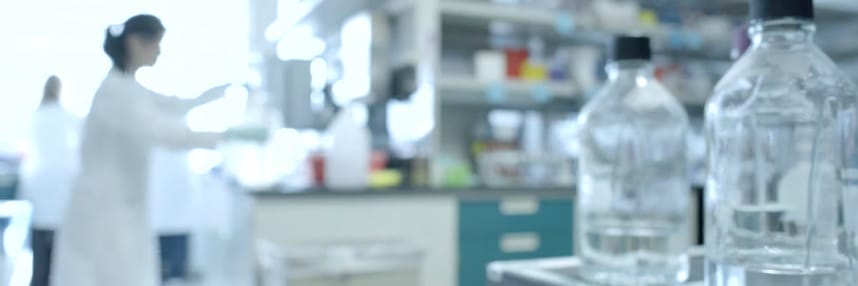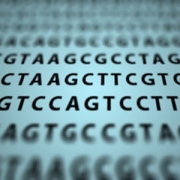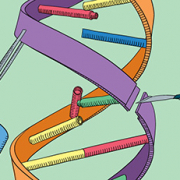Genome editing: 5 key questions answered
News stories in biomedicine are being dominated by genome editing, Crispr and other methods. So what’s it all about, and what might it mean for healthcare?
Numerous headlines around the latest medical breakthroughs have featured methods relating to editing a person’s genome – their DNA. But how does this actually work – and what might the impact be for patients? Here’s five key questions answered.
So what is genome editing?
Genome editing means making deliberate changes to the genome.
The genome comprises the full set of DNA a person has in their cells. It includes all their genes, plus regions of DNA that have regulatory functions, and sequences that may have no function at all. It encompasses the chromosomes found in the nucleus of each cell (nuclear genome), and the mitochondrial DNA (mitochondrial genome).
I keep hearing about Crispr – is that how genomes are edited?
Crispr is one of four main approaches to genome editing, and it is very possible that more will be developed. All of the approaches consist of two elements: a guide component that identifies and attaches to the specific sequence of the target region of DNA, and a component that makes a change to the DNA sequence.
Crispr has garnered more column inches than the others put together. It consists of a guide RNA (Crispr RNA) molecule that matches the target DNA sequence, and a separate nuclease protein (commonly Cas9, but others exist) that cuts the DNA at the site that the RNA has matched. A newer, modified version of Cas9 can activate gene expression rather than cut the DNA.
It is comparatively cheap and easy to use – if you know the target DNA sequence, it is not difficult to deduce the sequence for a guide Crispr RNA, and Cas9 doesn’t need altering for different target sequences.
What other methods of genome editing are there?
TALENs and Zinc finger nucleases (ZFNs) have been around a bit longer. These work in slightly different ways, but each consists of a guide protein that is designed to bind specifically to the target DNA sequence, attached to a nuclease that can cut the DNA.
They are highly specific but are costly and time-consuming to produce, because a new protein has to be designed to bind to each target sequence.
What medical conditions could be treated using genome editing?
A fourth method, base editing, specifically targets point mutations where a single base pair ‘letter’ in the genome (so just 1 letter out of 3 million) is wrong. In contrast to the other approaches, the DNA strands are not cut, but rather chemically altered.
The technology piggybacks on CRISPR Cas9: a guide RNA is used to locate the target region of DNA, and a ‘dead’ version of CAS9 (dCas9) unzips the double helix but does not cut. Instead it allows an enzyme to chemically change one ‘letter’ base to another. The cell’s own repair mechanisms will then alter the corresponding base on the other strand to match C with G, or A with T.
In theory, base editing could be used to correct conditions caused by point mutations, which include sickle cell disease and cystic fibrosis.
Breakthroughs with Crispr also remain within a research context for now. There is a lot of hope and expectation that the method could be used to correct the genetic errors that cause diseases such as Duchenne Muscular Dystrophy. However, there are significant potential risks that would need to be explored and addressed before this could move beyond a research environment.
Nonetheless, there have been some successes with patients using genome editing. ZFNs were used in a recent clinical trial for Hunter Syndrome, while TALENs was used at Great Ormond Street Hospital to edit the CAR-T cells for a gene therapy that saved two infants with leukaemia for whom other treatments had failed.
Is this the same as gene therapy? Genetic engineering? And GM?
Yes and no. All of these involve making (or attempting to make) changes to the genomes of humans or other living organisms. However, they were not historically carried out with the same level of precision described above, because there was not a guide component in the techniques used.
For example, gene therapies attempt to introduce a healthy copy of a disease-causing gene into a patient’s cells. But in past attempts rather than ‘cut-and-replacing’ the faulty DNA sequence at a targeted location, fresh copies of the affected genes were transported into the cell using a modified virus. The virus would insert the new gene into the patient’s DNA, but would do so in a haphazard way – it could end up somewhere it would not get read at all, or could be spliced into the middle of another important gene, disrupting other cell functions.
New gene therapies are being designed that will use precision genome editing approaches, but they will need extensive testing before patients will be able to benefit.
–









